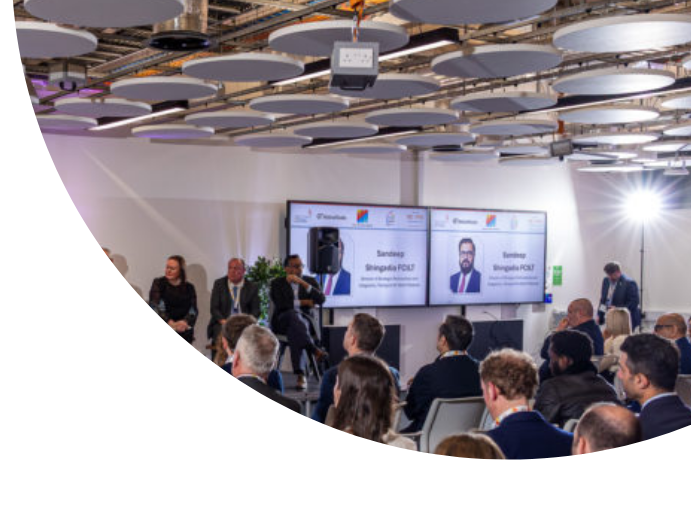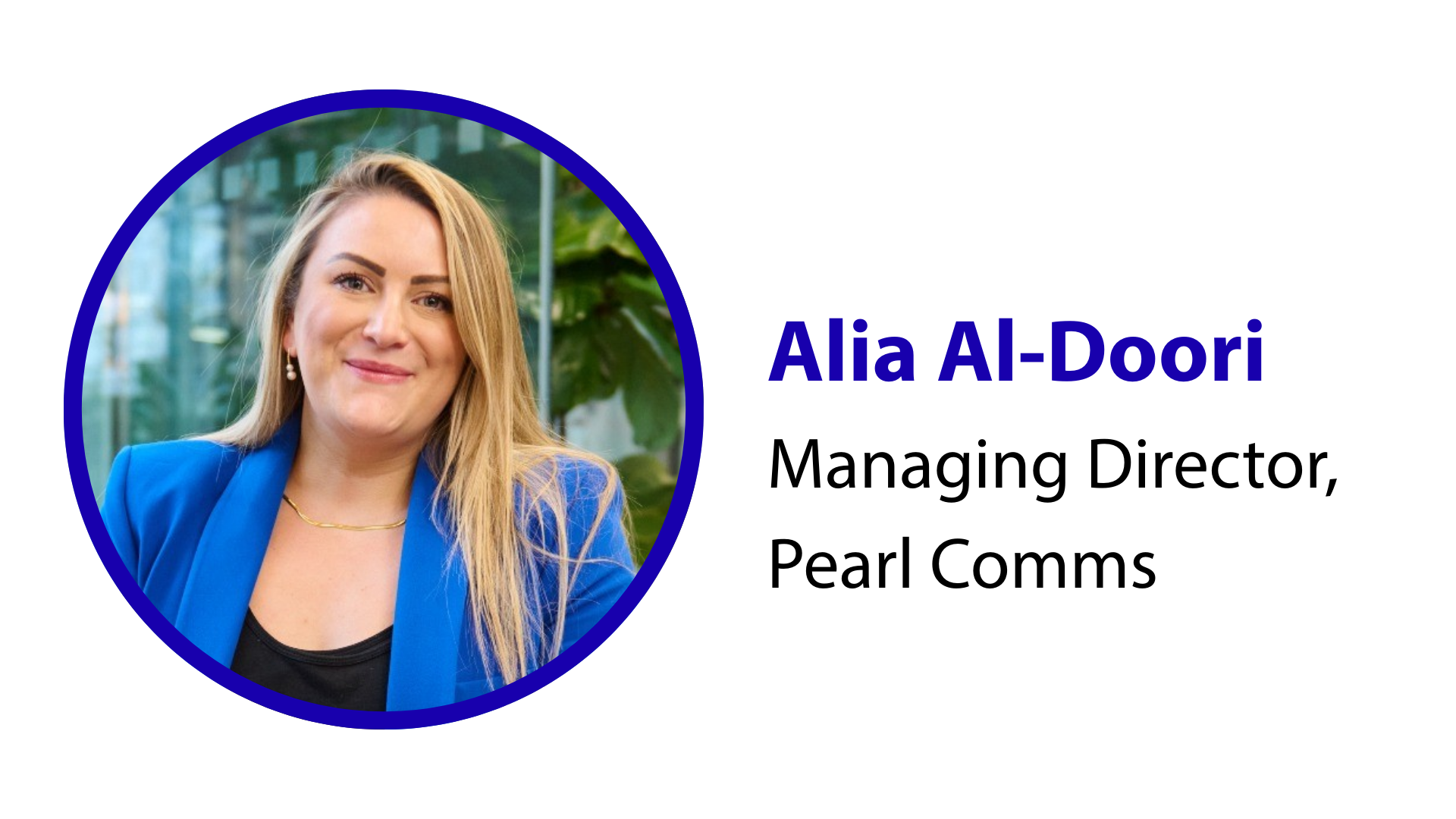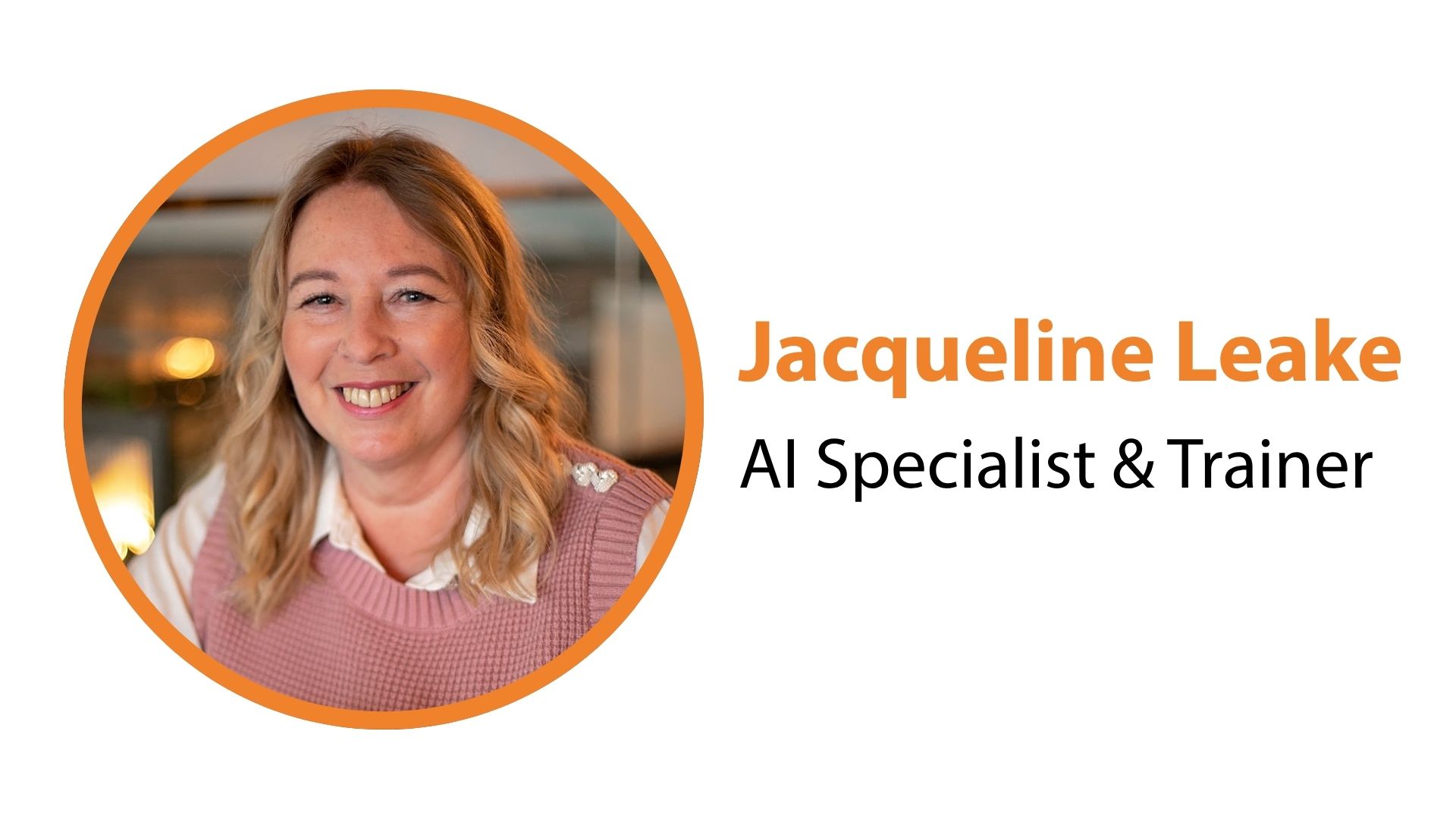“Digital inclusion is the process of ensuring that everyone, regardless of their economic or social status, has access to and can use digital technologies.”
In this article, Professor Mohammad Patwary (Director of Digital Innovation & Solution Centre, University of Wolverhampton) provides a framework for how local authorities can help to close the ‘digital divide’.
The world is rapidly transforming with the help of technology, and it is becoming increasingly difficult to stay up to date. In this digital age, access to the internet and other digital technologies is essential for success. Digital inclusion is the process of ensuring that everyone, regardless of their economic or social status, has access to and can use digital technologies. This is a concept that has been gaining traction in recent years, as the digital divide between the haves and have-nots continues to widen.
Digital inclusion is essential for a number of reasons. Access to digital technologies can provide people with the means to improve their quality of life. It can give them access to information, knowledge, and skills that they may not otherwise be able to obtain. It can also provide them with the opportunity to build networks, find jobs, and engage in economic activities.
However, access to digital technologies is not enough for digital inclusion. It is also important to ensure that users are able to make use of the technologies. This means ensuring that people have the necessary digital literacy skills to use the technologies effectively. Digital literacy is not just the ability to use a computer or smartphone, but also the ability to use the internet to find information, use digital tools to solve problems.
The challenge of digital inclusion is twofold. On the one hand, there is the challenge of ensuring that all people have access to digital technologies. This means providing access to the internet, computers, and other digital devices. It also means providing access to digital services and applications that can help people make better use of the technologies.
On the other hand, there is the challenge of ensuring that people have the necessary digital literacy skills to use the technologies effectively. This requires providing people with the necessary training and education in digital literacy, as well as making sure that digital literacy is integrated into other educational programs. Additionally, it requires making sure that people have access to digital content and services that are appropriate for their needs and abilities.
Digital inclusion is not something that can be achieved overnight. It requires a concerted effort from governments, businesses, and civil society. Governments need to ensure that all citizens have access to digital technologies and the necessary training to use them effectively. Businesses need to make sure that their products and services are accessible and usable to all, regardless of economic or social status. And civil society needs to ensure that digital literacy is integrated into all educational programs and that digital content and services are appropriate for all users.
Digital inclusion is not just a challenge, but also an opportunity. By taking a collective approach, governments, businesses, and civil society can ensure that all people have access to and can use digital technologies. This will open up a world of new possibilities, allowing people to access information, knowledge, and resources that can improve their lives. It will also create new opportunities for businesses, providing them with access to new customers and potential markets. Ultimately, by ensuring digital inclusion for all, we can create a more equitable and inclusive world.
There are 4 fundamental obstacles to be addressed.
1. Device:
In order to provide access to digital services, a device must be provided. The device should be one that is affordable, reliable, and easy to use. This could include a laptop, tablet, or smartphone. For those who are unable to afford the device, a loan program can be established to provide access.
2. Connectivity:
Once a device is provided, access to the internet is necessary. Internet connectivity can be provided through various methods, such as wired or wireless networks. In order to ensure access for all, a variety of methods should be explored, including public Wi-Fi networks, satellite internet, and cellular data plans.
3. Skills:
In order to ensure that individuals are able to use the device and access digital services, skills should be taught. This could include basic computer and internet literacy, as well as more advanced skills, such as coding and web development. This can be done through online courses, workshops, and one-on-one tutoring.
4. Ensuring Device and Connection are in Good Health:
In order to ensure that the device and connection remain in good health, regular maintenance should be done. This includes installing the latest updates, running virus scans, and ensuring that the device is secure. Additionally, the connection should be monitored to ensure that it is stable and secure.
Although a significant number of sparse local initiatives exists, a wider integrated approach is required with the will of all stakeholders. Strategic development and implementation as well as impact monitoring is essential to identify a scalable approach. Our proposed integrated strategy and implementation plan for local authorities is as follows:
Strategic plan:
1. Develop a comprehensive digital inclusion strategy engaging with wired & wireless network operators, internet service providers, and infrastructure providers to ensure that all stakeholders are on board with the plan.
2. Establish a community-based task force to identify needs and create initiatives to address them.
3. Negotiate partnerships with wireless network operators, internet service providers, and infrastructure providers to provide access to digital devices, internet services, and infrastructure.
4. Develop an integrated & transparently assessable program to provide access to digital devices and internet services to people who cannot afford them.
5. Develop a program to provide classes and workshops to teach people how to use digital devices and services, most importantly how to solve real-life problems with the help of digital technologies.
6. Develop a program to provide maintenance and support services for digital devices and connections.
7. Develop a library of digital content and applications that people can access for free.
8. Create a network of digital inclusion initiatives to coordinate activities and share resources.
9. Monitor and evaluate the progress of the initiatives to ensure that the goals are being met.
Implementation Plan:
1. Establish a Steering Committee: The Steering Committee will be responsible for overseeing the co-creation process and ensuring that all stakeholders are represented, including local authorities, universities, think tanks, wireless network operators, internet service providers and infrastructure providers.
2. Develop a Digital Inclusion Programme: The committee will create a detailed and comprehensive digital inclusion programme that outlines objectives, activities and timelines for implementation.
3. Identify Resources: The committee will identify and secure all necessary resources for the programme, including financial, human and other resources.
4. Mobilise Local Communities: The committee will create awareness and mobilise local communities to participate in the programme.
5. Implement Programme: The programme will then be implemented in partnership with local authorities, universities, think tanks, wireless network operators, internet service providers and infrastructure providers.
6. Monitor & Evaluate Programmes: The committee will monitor and evaluate the programme to assess its impacts on citizen services, such as education, health and socio-economic activities.
7. Disseminate Results: The committee will disseminate the results of the programme, including any lessons learned and best practices.
ABOUT OUR AUTHOR:
Professor Mohammad Patwary is the Director of Digital Innovation & Solution Centre (DISC) & Professor of Telecommunications at the Faculty of Science & Engineering in University of Wolverhampton since June 2020. He is also research lead for ‘5G Connected Forest Project’ funded by DCMS that aims at accelerating ‘visitor economy’ in the Midlands.
He was a full Professor of telecommunication networks and digital productivity and the Head of the Intelligent Systems and Networks (ISN) Research Group, at School of Computing and Digital Technology, Birmingham City University, UK, between 2017 till 2020; he was also the Principal Data Architect for a large scale 5G testbed in the UK to accelerate digital productivity and to develop urban connected community, with West Midland 5G during 2018-2020.
He was also Full Professor of wireless systems and digital productivity and the Chair of the Centre of Excellence on Digital Productivity With Connected Services, Staffordshire University, until 2017; and His current research interests include sensing and processing for intelligent systems, wireless communication systems design and optimization, signal processing and energy-efficient systems, future generation of cellular network architecture, and business modelling for data-economy.
Mohammad is a Chartered Engineer of Engineering Council, Senior Member of IEEE, Fellow of IET, and co-chair of Testbed working group of International Network Generation Roadmap at IEEE. He is also Member of ITU-T Focus Group on Testbeds Federations for IMT-2020 and beyond (FG-TBFxG). He is the lead on ‘Future Networks, Digital Infrastructure & Inclusivity’ for the Centre for the New Midlands.








